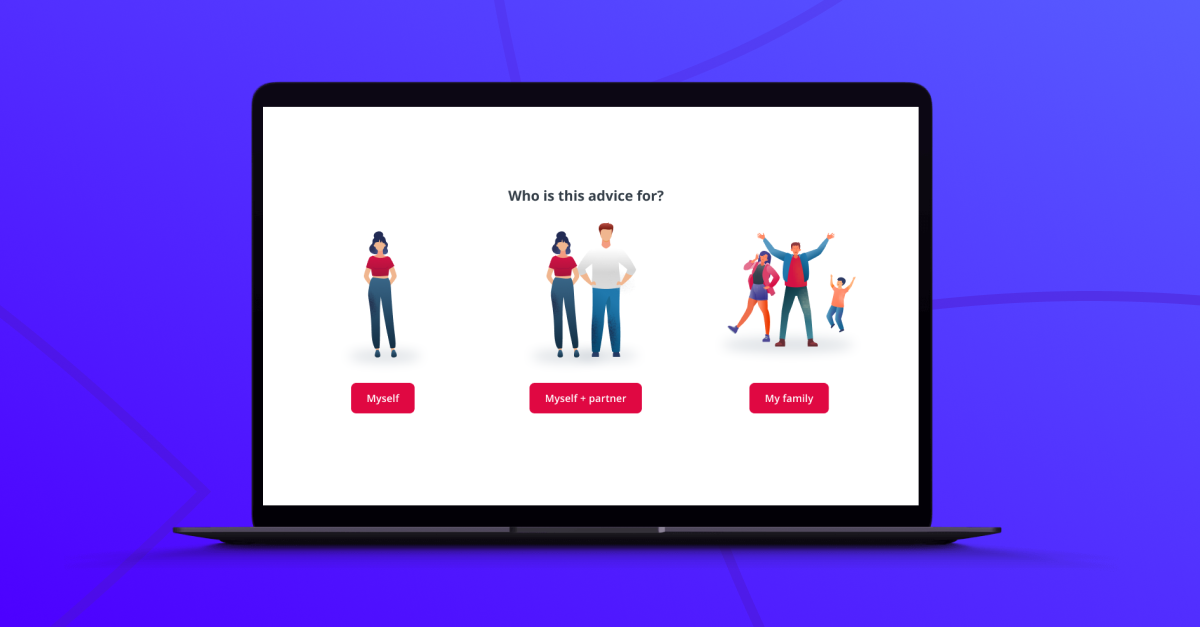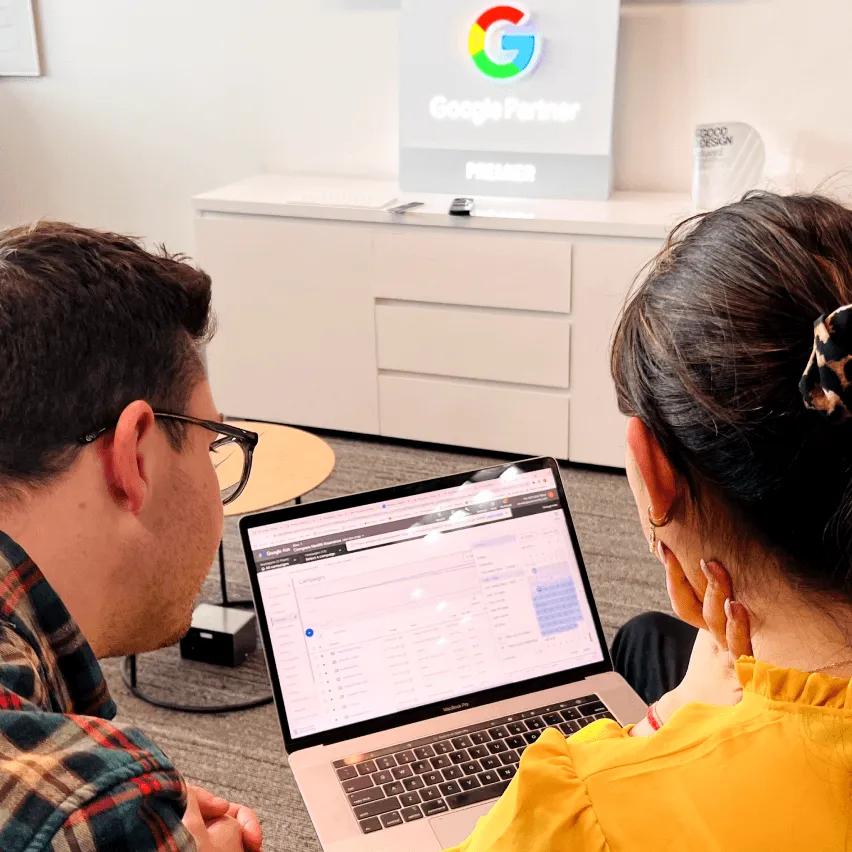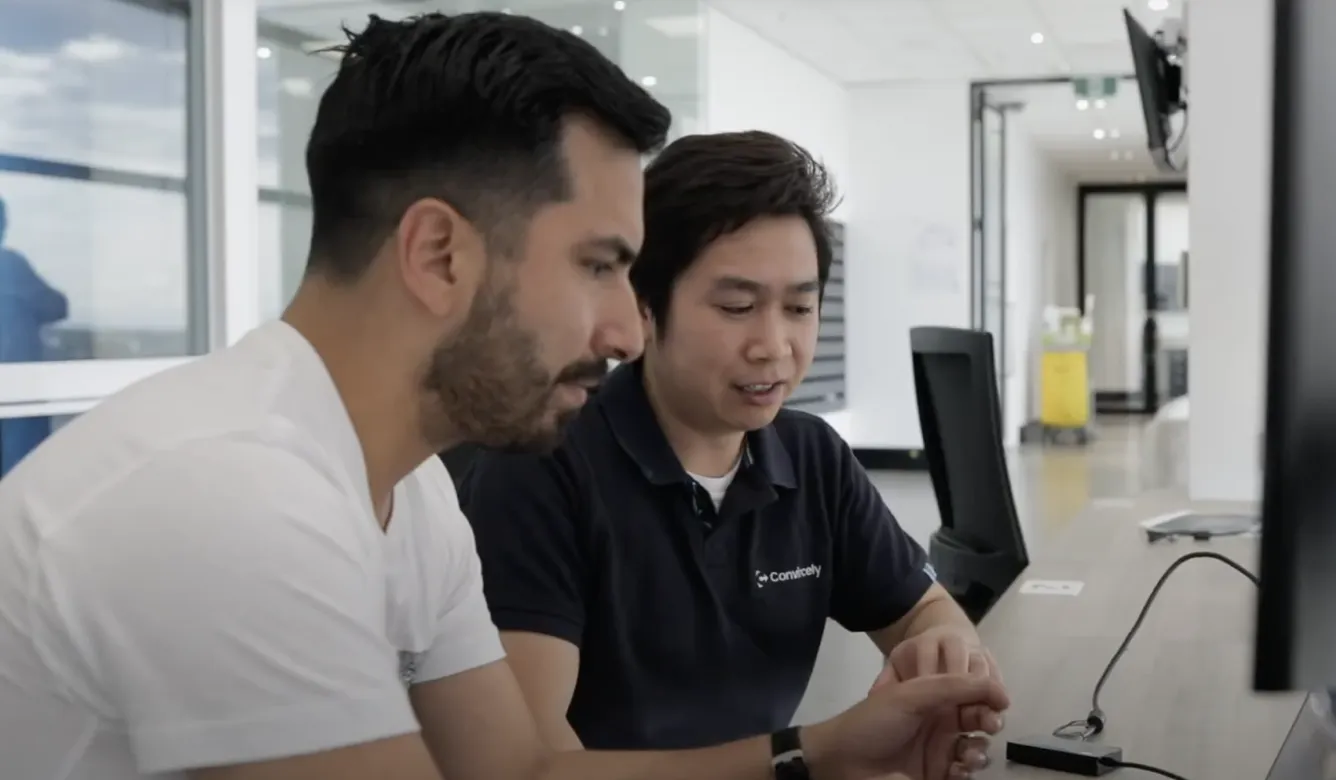Forward-looking companies are using dynamic optimization to transform their conversion rates in ways that used to seem impossible.
But most companies are approaching modern CRO completely wrong.
They’re either relying too heavily on basic A/B testing or jumping straight to complex implementations without understanding the fundamentals.
In this guide, you’ll learn:
- Exactly how dynamic CRO works (with real examples)
- Step-by-step frameworks from companies using intelligent optimization for wins
- The future of conversion optimization (based on 2025 predictions)
Let me show you how this works.

What is dynamic conversion rate optimization?
Dynamic conversion rate optimization uses intelligent personalization and real-time data analysis to optimize website conversions. This modern approach adapts to each visitor’s unique journey, creating personalized experiences that lead to better results.
Right now, most people think it is just A/B testing with some AI sprinkled on top.
Not even close.
Traditional CRO is like fishing with a single rod. You cast your line (make a change), wait to see if anything bites (check results), then try again.

What Dynamic CRO Actually Is (And What It Isn’t)
Traditional CRO is like fishing with a single rod. You cast your line (make a change), wait to see if anything bites (check results), then try again.
Dynamic CRO is like having an adaptive fishing system that responds to conditions in real-time. It understands when different techniques work best, adjusts to visitor behavior automatically, and scales successful approaches instantly. While traditional methods wait for complete test cycles, dynamic optimization continuously improves based on user interactions.
| Traditional CRO works like this
→ Create a hypothesis → Build a variant → Split your traffic → Wait 2-4 weeks → Analyze results → Repeat |
Dynamic CRO works like this
→ Analyzes entire user journeys in real-time → Predicts which variations will convert best → Personalizes complete experiences, not just button colors, copy, or images → Scales what works instantly |
According to Shopify’s latest research:
- Personalized messaging increases re-engagement by 50%
- Sales conversions jump by 21%
Real Dynamic CRO Examples That Actually Work
While most companies struggle with basic A/B testing, a few pioneers are using Dynamic CRO to transform their entire conversion process.
Example #1: How RAC Transformed Their Roadside Coverage (And Boosted Revenue 372%)

First, let me show you how RAC (Royal Automobile Club of Western Australia) transformed their roadside assistance sign-ups.
RAC had significant untapped conversion potential, but their cover selection tool wasn’t optimized for maximum effectiveness.
The problem?
Their tool was spitting out multiple recommendations, confusing visitors, and bleeding conversions at every turn.
Instead of throwing more IT resources at the problem (or worse, just “simplifying the form”), they tried something completely different – an intelligent, dynamic approach to optimization.
Let me show you the exact process that transformed their 18% conversion rate into a revenue-generating machine:
1. The Dynamic Discovery
Convincely’s analytics and UX framework spotted something most CRO experts missed:
- Users weren’t overwhelmed – they were confused
- Coverage options needed context, not simplification
- The real friction wasn’t form length – it was decision clarity


2. Smart Optimization Magic
The system didn’t just collect data – it transformed insights into real-time improvements:
- Dynamically adjusted explanations based on user behavior patterns
- Personalized option presentation for each visitor’s context
- Transformed complex choices into clear decisions through adaptive user flows


3. The Revenue Explosion
In just 90 days:
- Conversions shot from 18% to 35%
- Traffic skyrocketed 282%
- Revenue jumped 372%
- ROI hit 800%

Example #2: How Members Own Health Doubled Sales (Without Spending More)
Members Own Health Funds was facing extinction. They needed a 300% improvement in cost per lead just to survive the next 18 months.
Let me show you exactly how they transformed their 11% market share into an industry-disrupting machine:
1. First, they were facing a massive challenge:
- Tiny brand competing against industry giants
- Zero brand recognition
- Limited marketing budget
- High-stakes personal information forms
2. Instead of traditional form optimization, they built something completely different:
- Game-inspired UX that built instant trust
- Dynamic testimonials that matched user profiles
- Real-time personalization that spoke to individual needs
- Zero cold, impersonal form fields
They turned form filling into a personalized journey that built trust with every click.
3. The results were staggering:
- Quality leads jumped 340%
- Sales increased 102%
- Category growth share hit 250%
- 40% of customers now sign up within 24 hours
They went from capturing 20% of market growth to dominating over 50% – all while maintaining just 11% market share.
The best part? They did all this without increasing their marketing spend.


Example #3: RMIT’s Enrollment Breakthrough
RMIT Online was experiencing challenges with their homepage performance, including elevated bounce rates and incomplete application submissions affecting their conversion metrics.
But instead of just tweaking button colors, they tried something else.
1. First, they had a complex problem:
- Multiple course offerings
- Complex navigation systems
- Third-party vendor integrations
- Low-performing homepage traffic
2. Instead of basic A/B testing, they built something completely different:
- Dynamic questionnaire that profiled visitors
- Smart course recommendations
- Personalized user journeys
- Real-time content adaptation
They turned a confusing maze of options into a guided, personalized experience.
3. The numbers blew everyone away:
- Leads increased 31%
- Course applications up 23%
- Sales jumped 20%
- Engagement boosted 27%
- Form completion hit 100%
Their ROI hit 300% in the first test – so impressive that RMIT’s Senior Product Manager Joel Kenyon admitted, “We were expecting a modest uplift, but our first test exceeded all expectations.”


My favorite part is that they achieved these results in a notoriously difficult sector, during a highly competitive enrollment period
The Dynamic CRO Quick-Start Checklist
Want to implement Dynamic CRO today? Here’s your action plan:
1. Identify Your Power Pages
- Pick your highest-traffic form page
- Select pages with clear conversion goals
- Focus on revenue-generating pages first
2. Set Up Basic Tracking
- Form completion rates
- Drop-off points
- User hesitation patterns
- Error triggers
3. Create Your First Variants
- Adjust form complexity
- Test different trust signals
- Vary content length
- Change value propositions
Pro Tip: Start small. Test one high-impact page before scaling.
Frequently asked questions (FAQ):
Do I need a dedicated Dynamic team to implement this?
No. Modern Dynamic CRO tools like Convincely are designed to be plug-and-play. You don’t need data scientists or AI experts – just your existing marketing team and the right tools.
How fast can I see results with Dynamic CRO?
Unlike traditional A/B testing (which can take weeks), dynamic CRO can show results in days. RAC saw initial improvements within the first week and achieved their 372% revenue uplift within 90 days.
What if I don’t have much traffic?
Dynamic CRO can work with smaller traffic volumes. The key is starting with your highest-traffic pages and focusing on major conversion points first.
Is Dynamic CRO expensive to implement?
Not anymore. While enterprise solutions can cost $50,000+/year, modern tools like Convincely make dynamic CRO accessible for businesses of all sizes.
How does Dynamic CRO work with my existing analytics?
Most dynamic CRO platforms integrate seamlessly with Google Analytics, Adobe Analytics, and other major platforms. They enhance your existing data rather than replace it.
What if my current CRO process is working?
Dynamic CRO can work alongside traditional optimization methods. Many companies start by running both in parallel, then scale up their implementation as they see results.





 No development or design required
No development or design required  Executed by just adding one line of Convincely code to your website
Executed by just adding one line of Convincely code to your website  Plan and strategize with your team. Execute and deploy with Convincely
Plan and strategize with your team. Execute and deploy with Convincely